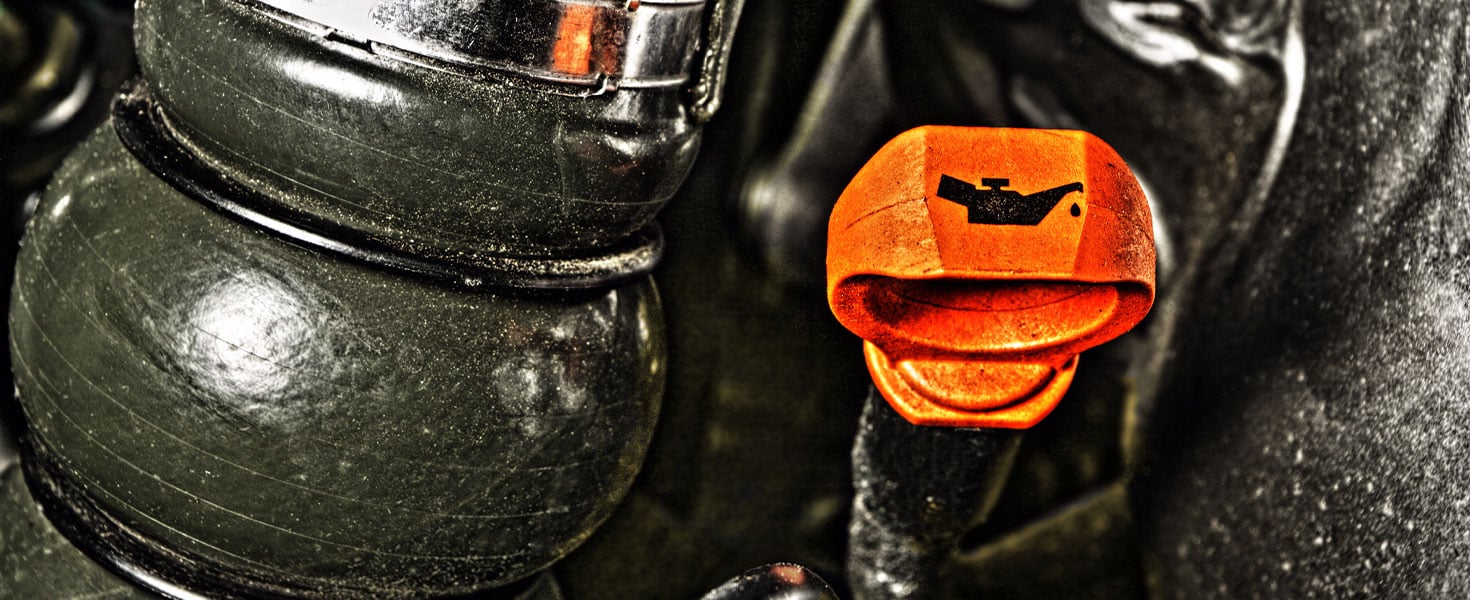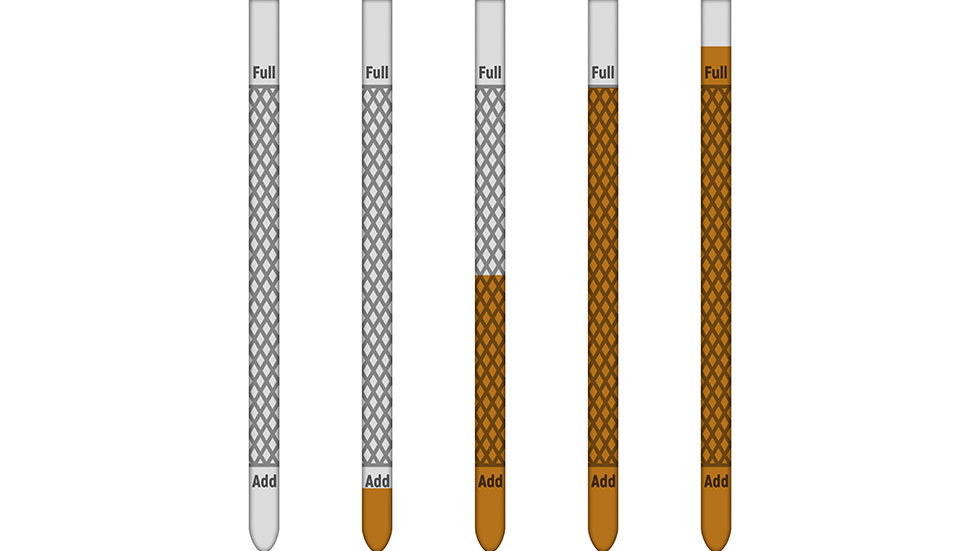How To Check Your Oil
Get familiar with one of the best ways to protect your vehicle for years to come


It's always a good idea to know how to check oil levels. Responsible drivers also create routines that let them get in the habit of checking at least once a month, before the check oil light comes on. Regularly checking one of the most vital fluids in your vehicle—ensuring it’s still full and the overall health of the oil is good—is one of the best ways you can protect your investment for years to come. Plus, getting familiar with the components under your hood and giving them a quick, visual once over every month or so can sometimes help you to identify smaller issues like corroded battery terminals or worn hoses early, before they become major repairs.
STEP 1: PARK & REST
The first step in learning how to check oil in car is to be sure your vehicle is parked on a level flat surface. If the vehicle has been running and is warmed up, allow it to sit for a few minutes. This will allow the motor oil in the engine to drip down into the oil pan, where your dipstick will take its measurement.

STEP 2: FIND YOUR DIPSTICK
The next step in checking your oil level is to identify your engine's dipstick. This component is usually a yellow or orange ring that sticks up prominently from somewhere in your engine, under the hood. If you are having trouble locating the dipstick, consult your vehicle's owner's manual for the correct location.
STEP 3: CLEAN THE DIPSTICK
Once you’ve found the dipstick, pull it out and use a clean rag or paper towel to wipe motor oil off the tip of the stick. On most clean dipsticks, you will see measurement lines and holes. Sometimes, measurement lines include MAX and MIN or H and L.

STEP 4: TAKE YOUR MEASUREMENT
Once the stick has been cleaned, reinsert it into the engine fully and allow it to sit for a few moments. Remove the stick again and take note of where the oil line falls within the measurement zone. If the measurement is in the middle or near the top line, the oil level is fine. If it's too far toward the lower line, oil may need to be added.
Another great thing about getting in the habit of checking your oil periodically is that it gives you a chance to monitor the oil's health. Motor oil should be amber or dark brown. If you notice that it's light, milky, or cloudy, this could indicate a coolant leak into your engine. Similarly, if you notice debris or shavings in the oil, this could be early signs of engine damage. In either case, you should see your mechanic for professional advice ASAP.
